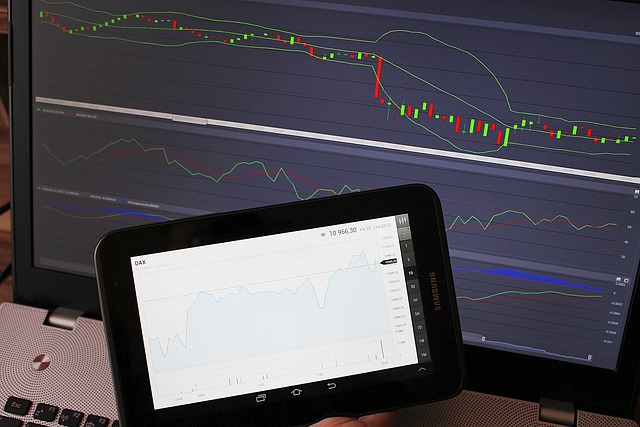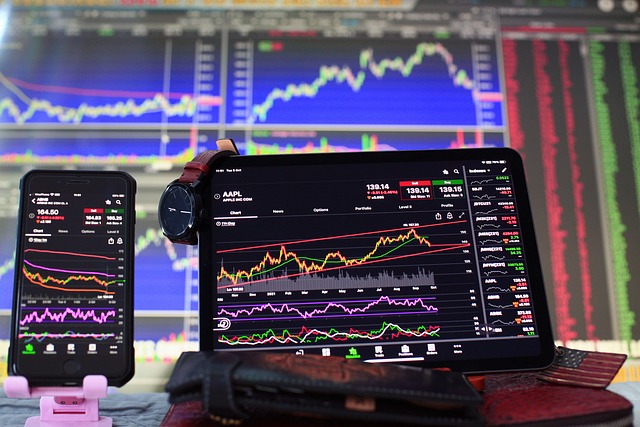The foreign exchange market, with its vast potential for profits, also carries a significant degree of risk. Forex traders, armed with technical analysis and fundamental knowledge, wage a constant battle against uncertainties – but the most crucial battleground often lies within themselves. It’s the psychology of risk tolerance, a complex interplay of emotions, experiences, and financial realities that shapes every trading decision.
Decoding Risk Tolerance: A Spectrum, Not a Binary
Risk tolerance isn’t a simple on/off switch. It’s more akin to a spectrum, with risk-averse traders on one end, prioritizing capital preservation above all else, and risk-seeking traders on the other, thriving on volatility and the potential for high rewards. Most traders fall somewhere in between, exhibiting a moderate risk tolerance.
The Psychological Factors at Play
Several psychological factors influence a trader’s risk tolerance:
- Financial Situation: Those with a secure financial safety net may be more comfortable taking on risk, knowing losses won’t be devastating. Conversely, traders heavily reliant on their trading income might be more cautious.
- Trading Experience: Seasoned traders, battle-tested by market ups and downs, may develop a higher risk tolerance than newcomers still navigating the emotional rollercoaster of forex.
- Personality Traits: Natural risk-takers, drawn to excitement and challenge, might gravitate towards aggressive trading styles. On the other hand, cautious and meticulous individuals might prefer a more conservative approach.
- Emotional Biases: Fear of losing money (loss aversion) can lead to impulsive decisions to exit trades prematurely. Conversely, overconfidence after a winning streak might tempt traders to disregard risk management principles.
The Pitfalls of Mismatched Risk Tolerance
Trading with a risk tolerance that doesn’t align with your psychology is a recipe for disaster. Here’s how a mismatch can manifest:
- Risk-Averse Traders in Aggressive Strategies: A cautious trader drawn to a high-risk scalping strategy might experience constant anxiety, leading to emotional trading decisions and potential losses.
- Risk-Seekers in Conservative Strategies: An adrenaline-seeking trader stuck in a slow-moving position trading strategy might get bored and frustrated, potentially abandoning the strategy or making rash bets to chase excitement.
Finding Your Risk Tolerance Sweet Spot
The key to successful forex trading lies in identifying your risk tolerance sweet spot.
- Self-Assessment: Evaluate your financial situation, trading experience, personality traits, and emotional responses to market fluctuations.
- Define Your Goals: Are you aiming for long-term wealth accumulation or short-term gains? Different goals necessitate different risk management approaches.
- Backtesting and Paper Trading: Test trading strategies on historical data (backtesting) or with simulated funds (paper trading) to assess their risk-reward profile and how they align with your emotional comfort zone.
Building a Risk Management Framework
Once you understand your risk tolerance, implement a risk management framework to safeguard your capital:
- Position Sizing: This refers to the amount of capital allocated per trade. A common formula is the 1% rule, where you risk no more than 1% of your account balance on a single trade. This percentage can be adjusted based on your risk tolerance.
- Stop-Loss Orders: These automatic orders automatically exit a trade if the price reaches a pre-determined level, limiting potential losses.
- Take-Profit Orders: Similar to stop-loss orders, these orders automatically exit a trade once a pre-defined profit target is reached, locking in gains.
- Diversification: Spreading your capital across various currency pairs and trading strategies minimizes the impact of losses from any single trade.
- Maintain a Trading Journal: Track your trades, including emotions experienced during each trade. Reviewing this journal helps identify emotional biases and adjust your risk management approach accordingly.
Developing Emotional Discipline: The Essential Skill
Beyond technical expertise, emotional discipline is paramount in forex trading. Here are some strategies to cultivate it:
- Manage Expectations: Don’t chase unrealistic returns.
- Focus on the Process, Not the Outcome: Focus on executing your trading plan with discipline, rather than obsessing over short-term profits and losses.
- Practice Mindfulness: Techniques like meditation can help you become more aware of your emotions and prevent them from influencing your trading.
Conclusion: Mastering the Mental Battlefield
The psychology of risk tolerance is a powerful force in forex trading. By understanding your own risk tolerance sweet spot and implementing a robust risk management framework, you equip yourself with the tools to navigate the ever-changing forex landscape with greater confidence. Cultivating emotional discipline and a healthy respect for risk will empower you to make sound decisions, manage setbacks effectively, and ultimately achieve your long-term trading goals. So, take a deep breath, assess your mental battlefield, and approach the market with a clear mind and a well-defined risk management strategy. The path to forex success may be challenging, but with a winning psychology on your side, you’ll be well on your way to conquering the market’s uncertainties.




